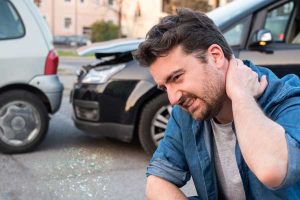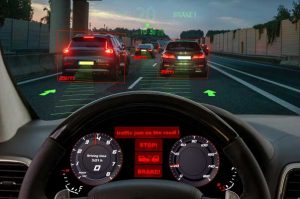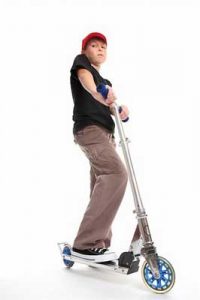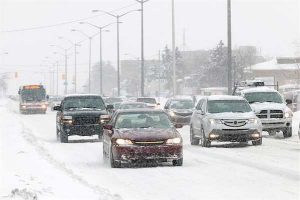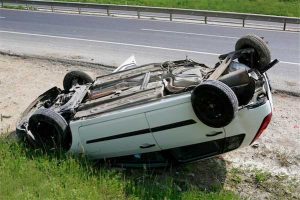NJ Roads Saw Fewer Cars but More Deaths in 2020
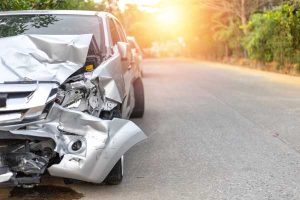 If you thought some of the restrictions put in place to help stop the spread of the COVID-19 virus – business closures, curfews, remote schooling, work-from-home orders – would mean fewer cars on the road resulting in fewer accidents, you would only be half right.
If you thought some of the restrictions put in place to help stop the spread of the COVID-19 virus – business closures, curfews, remote schooling, work-from-home orders – would mean fewer cars on the road resulting in fewer accidents, you would only be half right.
While it is true there were fewer vehicles on New Jersey roads in 2020, the number of fatalities from motor vehicle accidents was higher than it had been in the two years prior. New Jersey was not the only state to experience an increase in traffic deaths during the early days of the pandemic; similar trends were found throughout the country. Authorities point to more risky behavior by drivers as a leading factor behind these sobering statistics. To learn more, read “Fewer Cars on NJ Roads But Still More Fatal Accidents in 2020.”
 New Jersey Injury Lawyers Blog
New Jersey Injury Lawyers Blog



